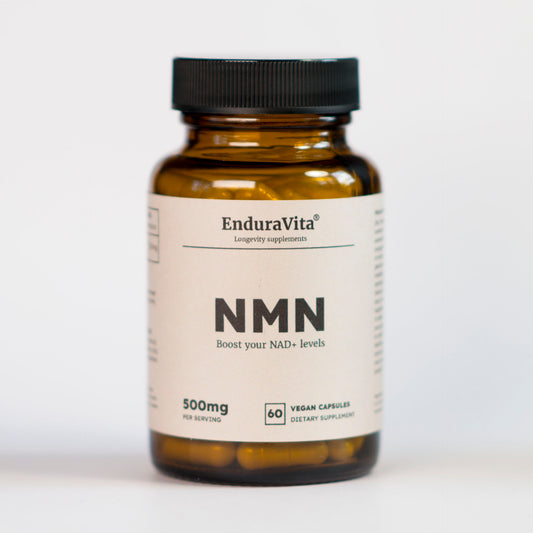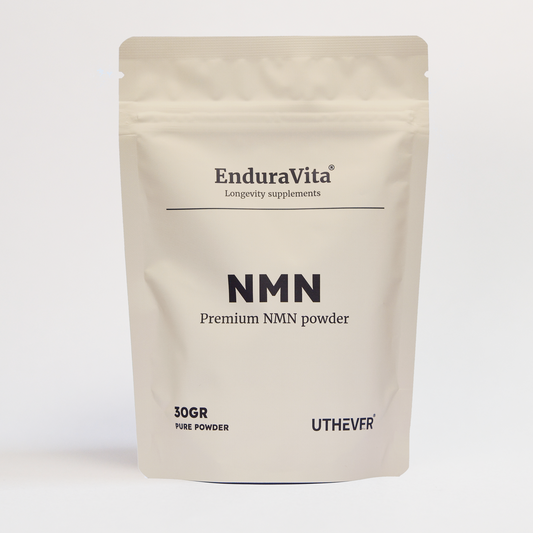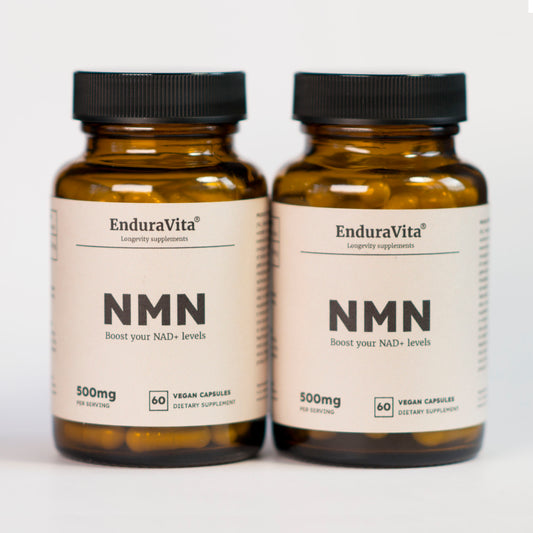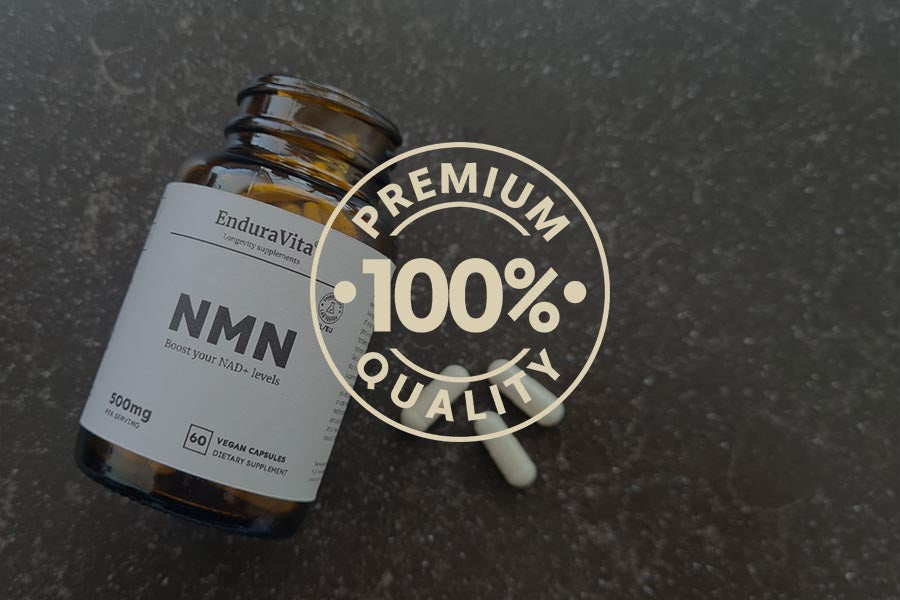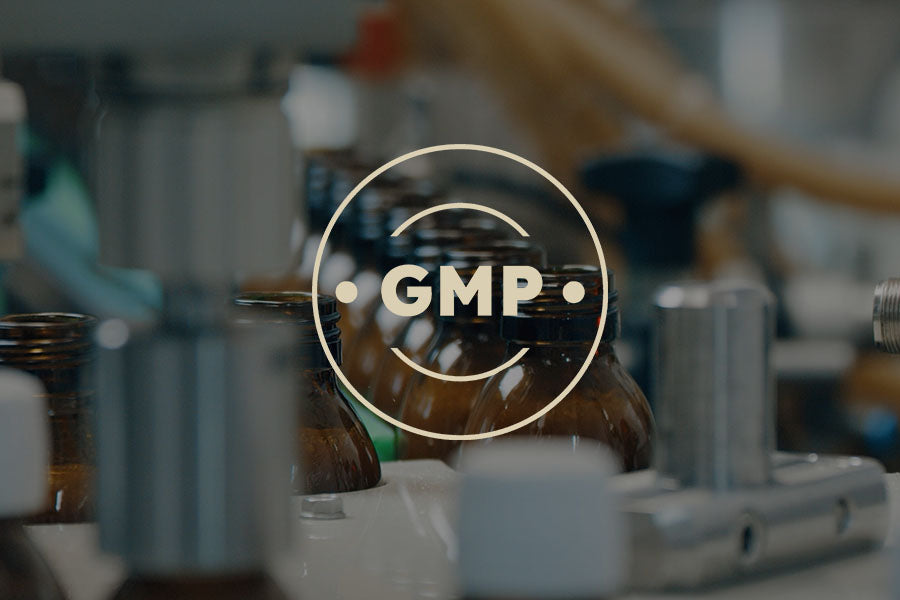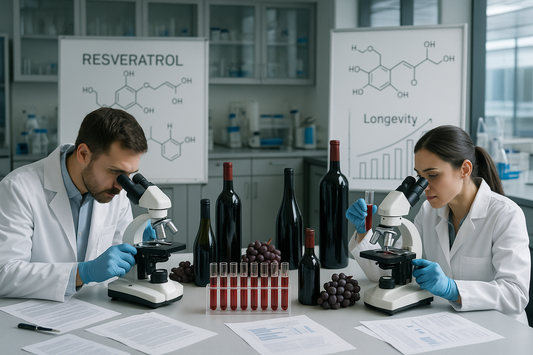
NMN study: NMN increases aerobic capacity in runners
In July, a study was published examining the influence of NMN on the aerobic capacity of runners. Below are the results of the study and additional information.
- Supplementing 600 to 1200 mg/day of NMN for six weeks in middle-aged runners led to improved aerobic capacity during exercise training, likely due to better oxygen utilization in skeletal muscles.
- Improvements in muscle oxygen utilization increased with higher NMN dosages during endurance exercise.
- No adverse health effects were reported with the use of up to 1200 mg/day of NMN for six weeks.
Background: Recent studies in rodents have shown that a combination of exercise training and supplementation with nicotinamide adenine dinucleotide (NAD+) precursors has synergistic effects. However, there are currently no clinical trials in humans analyzing this combination.
Objective: This study investigates the influence of a combination of exercise training and supplementation with nicotinamide mononucleotide (NMN), the direct precursor of NAD+, on the cardiovascular fitness of healthy amateur runners.
Methods: A randomized, double-blind, placebo-controlled clinical trial with four arms was conducted for six weeks, involving 48 young and middle-aged recreationally trained runners from the Guangzhou Pearl River running team. Participants were randomly assigned to four groups: low-dose group (300 mg/day NMN), medium-dose group (600 mg/day NMN), high-dose group (1200 mg/day NMN), and control group (placebo). Each group consisted of ten male participants and two female participants. Runners trained 5-6 times per week, with each training session lasting 40-60 minutes. Cardiopulmonary exercise tests were conducted at baseline and after the intervention, at 6 weeks, to assess the runners' aerobic capacity.
Results: Analysis of covariance of change from baseline during the 6-week treatment period showed that oxygen uptake (VO2), percentage of maximal oxygen uptake (VO2max), power at the first ventilatory threshold, and power at the second ventilatory threshold increased to a greater extent in the medium and high-dose groups compared to the control group. However, no significant differences were found in VO2max, O2 pulse, VO2 associated with workload, and peak power after the 6-week treatment in any of these groups compared to baseline.

